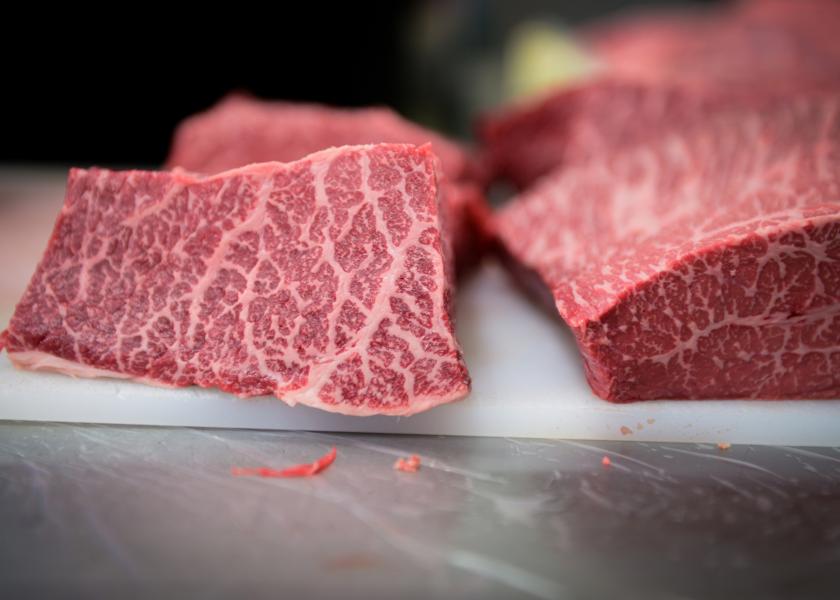Data, Herd Health, Carcass Quality Stressed at Wagyu Conference

“It’s tempting to report information only on your best performing animals,” according to Dr. Mark Enns, geneticist at Colorado State University (CSU) and director of the Western Center for Resource Management. “But eliminating the bottom end makes your best animals look worse.”
Speaking at the 2021 American Wagyu Association annual conference in Fort Collins, Colo., Enns showed Wagyu seedstock producers how that works. Using basic genetics and mathematics, Enns showed that by not reporting data on the bottom 25 percent of a contemporary group of bulls, breeders lose 60 percent of the accuracy in their genetic prediction efficiency. That means you could choose the wrong sire, he emphasized.
Looking at herd management from a health perspective, Frank Garry, DVM, professor in the Department of Clinical Sciences at the CSU College of Veterinary Medicine and Biosciences and director of the Integrated Livestock Management program, cautioned Wagyu breeders to implement a strong biosecurity program on their operations to prevent importing disease.
Bring cattle on your operation from known sources and with a known health background, he said. Beyond that, use your veterinarian as a herd health consultant. “Optimal animal health requires a shift in how we use veterinarians as part of our management team.”
In addition to animal health and genetics, Wagyu breeders turned their attention to carcass quality and grading. Kenichi “Ken” Katoh, renown Japanese butcher and restaurateur, showed breeders how he fabricates and cuts a Wagyu carcass to best utilize different cuts.

Because of Wagyu’s exceptional beef quality, Katoh said he can produce 60 different cuts from a side of Wagyu beef, including cuts that are traditionally ground into hamburger in the U.S. But because of the marbling and tenderness inherent in Wagyu genetics, even cuts perceived as tougher in the U.S. can successfully meet consumer expectations.
Dr. Bucky Gwartney, international marketing specialist with USDA’s Agricultural Marketing Service, explained to Wagyu breeders how beef carcass grading works. The purpose behind grading, he said, is to identify differences in value and report those differences in a common language and transmit value signals to the marketplace.
In today’s world of science and technology, more than 70 percent of beef carcasses are graded using a camera. But each beef carcass is also evaluated by a human and the USDA grader has the final say in calling the grade, whether it be Prime, Choice or Select, he said.







